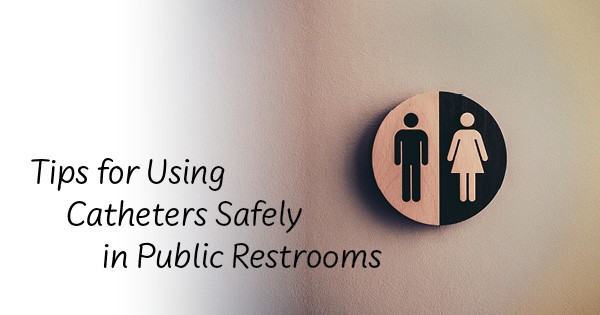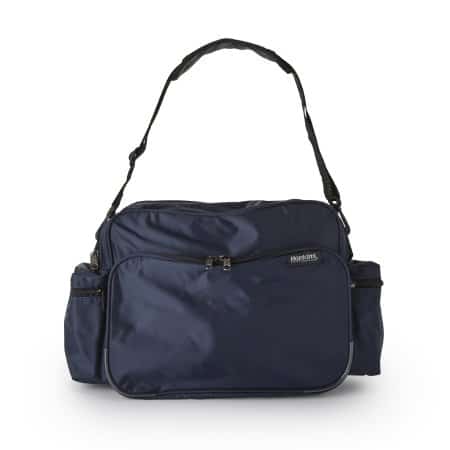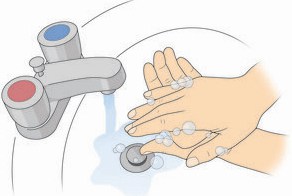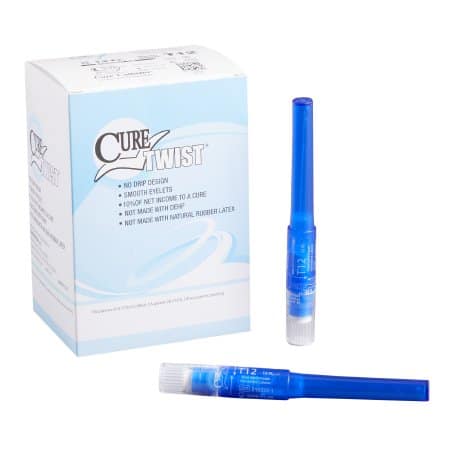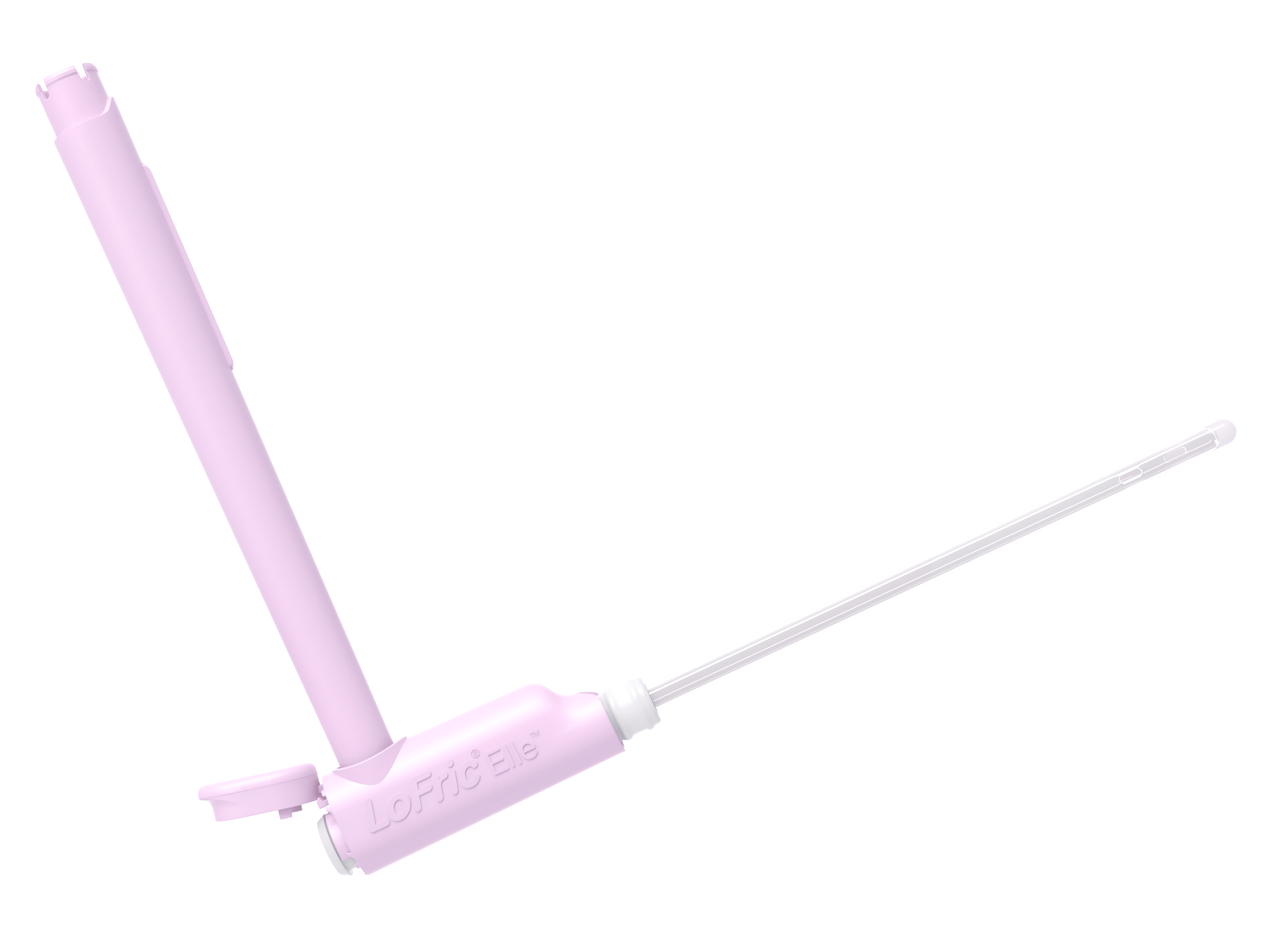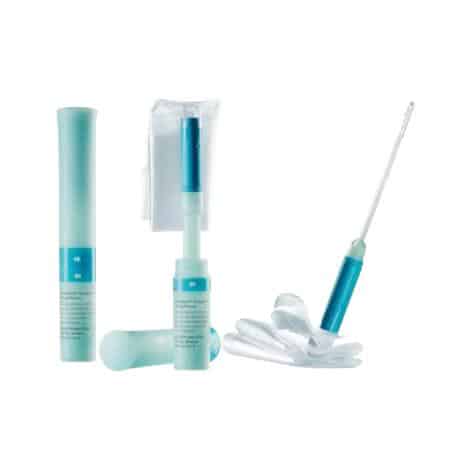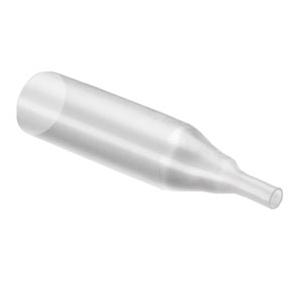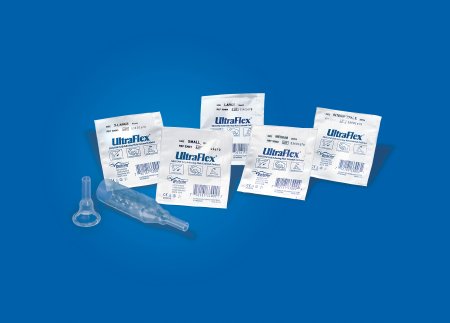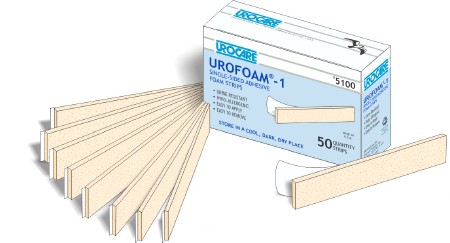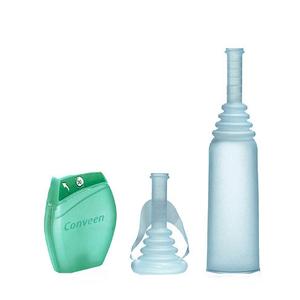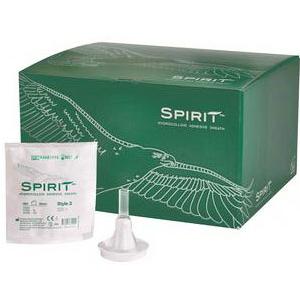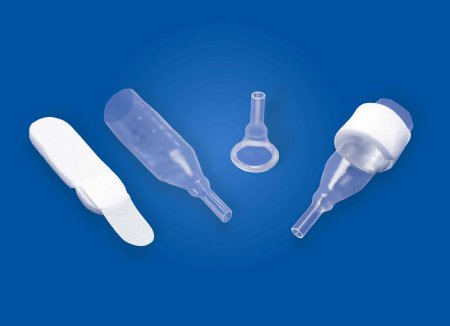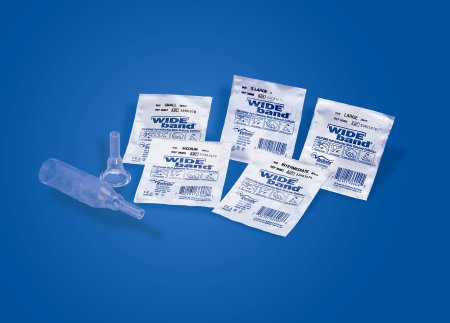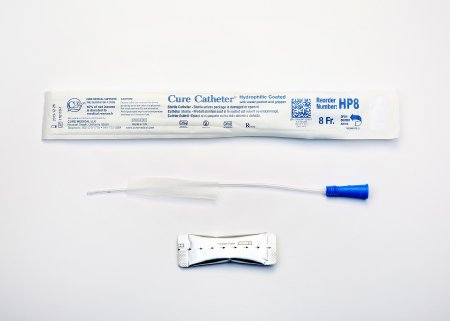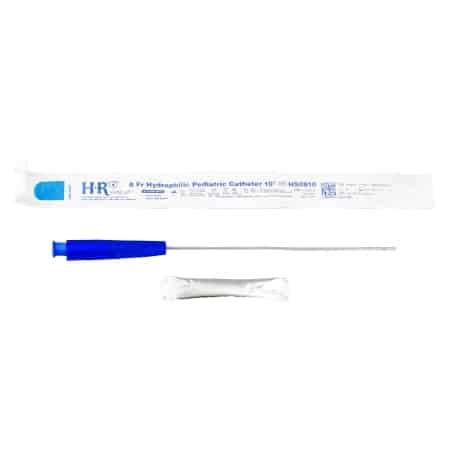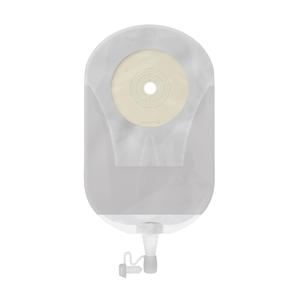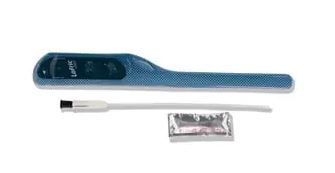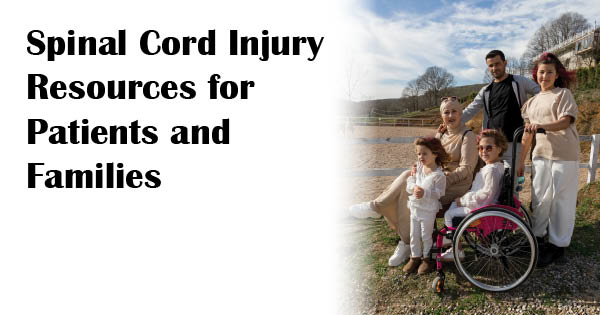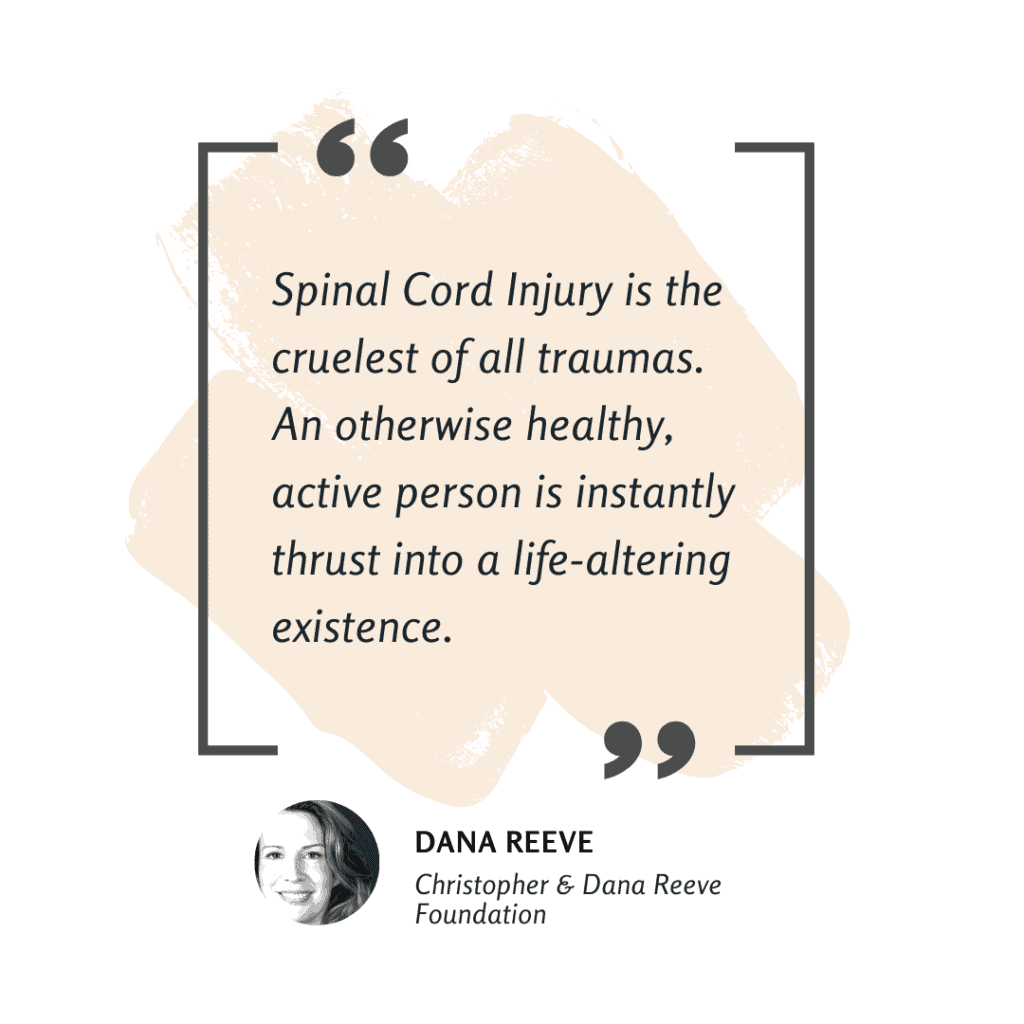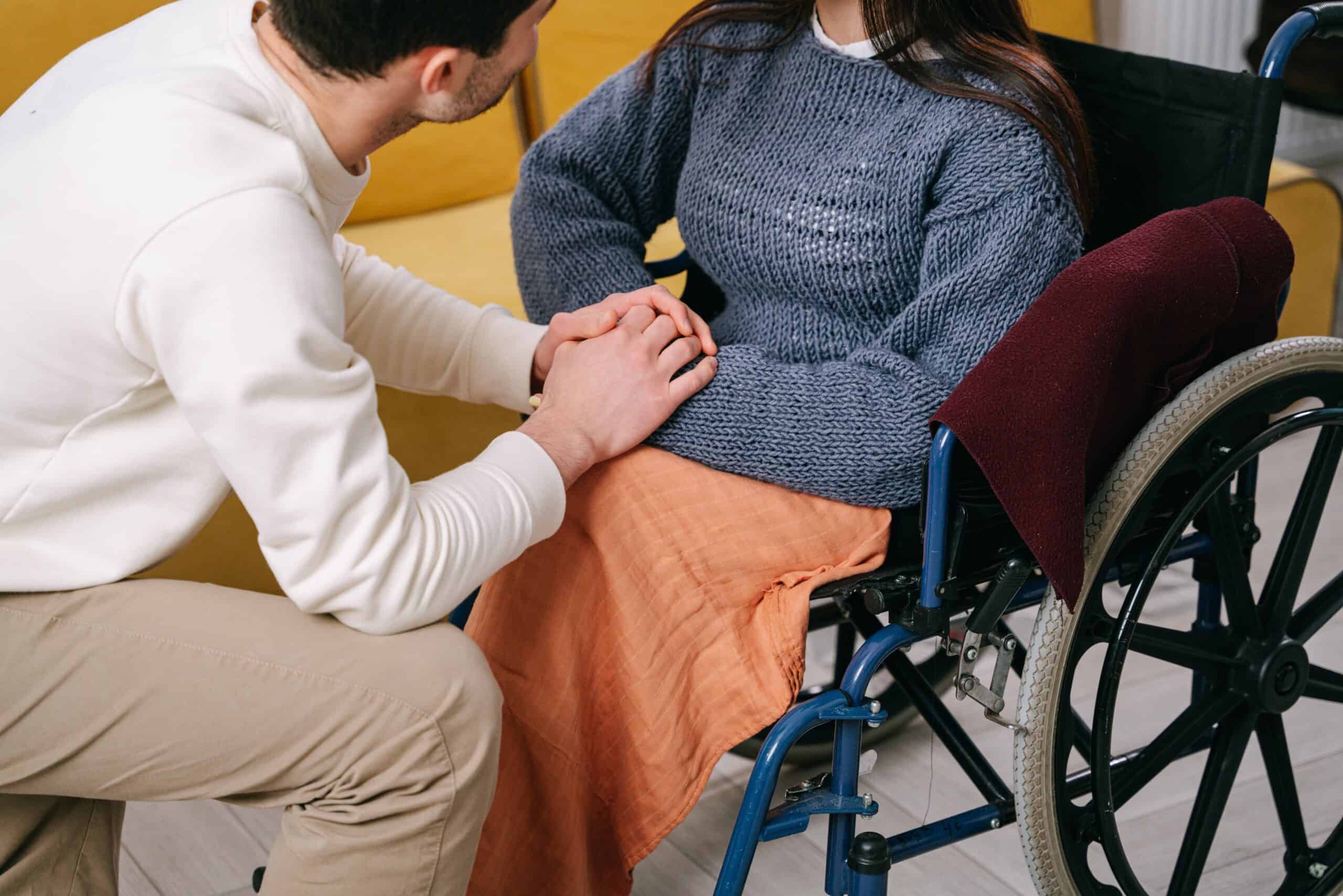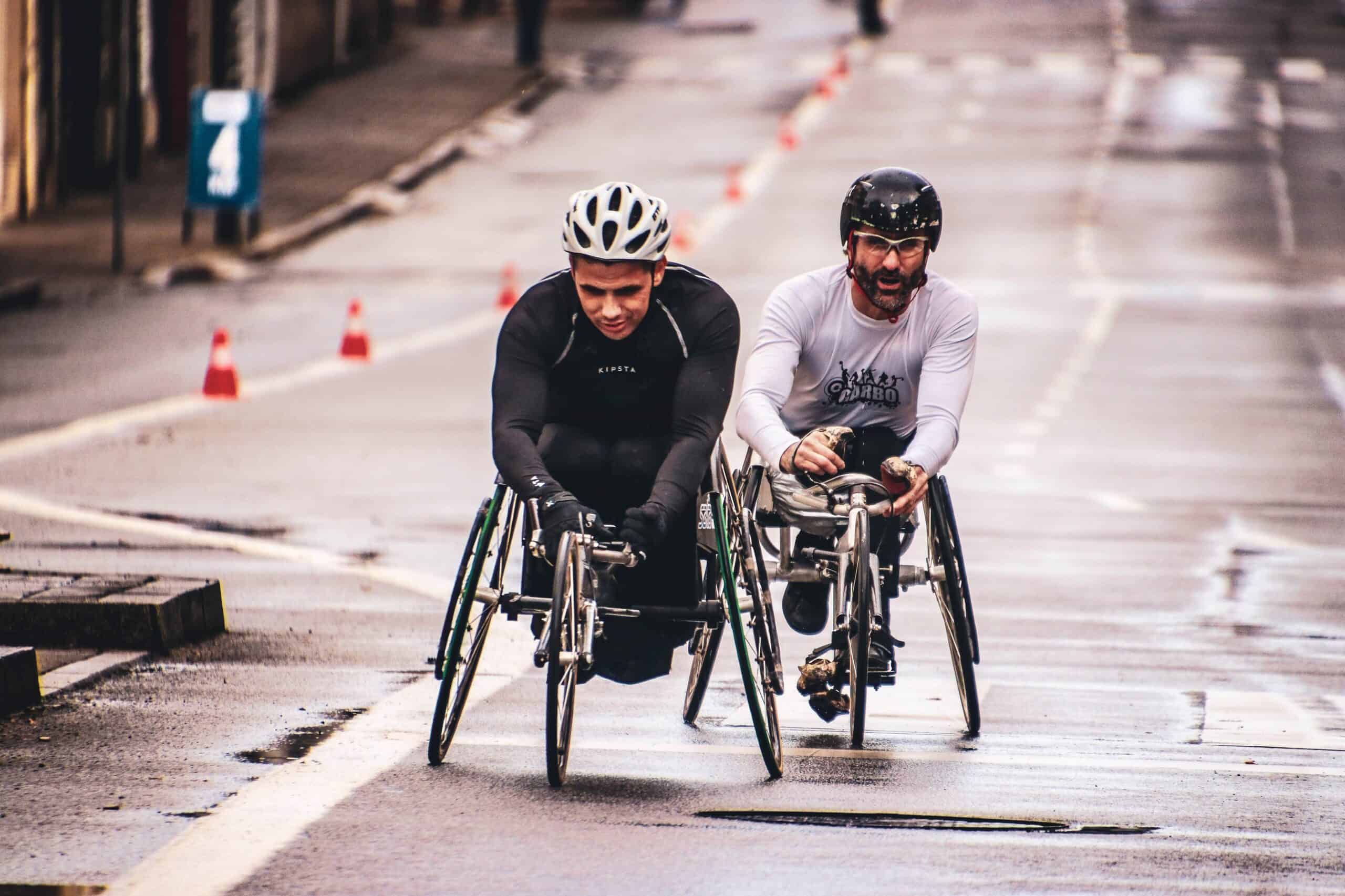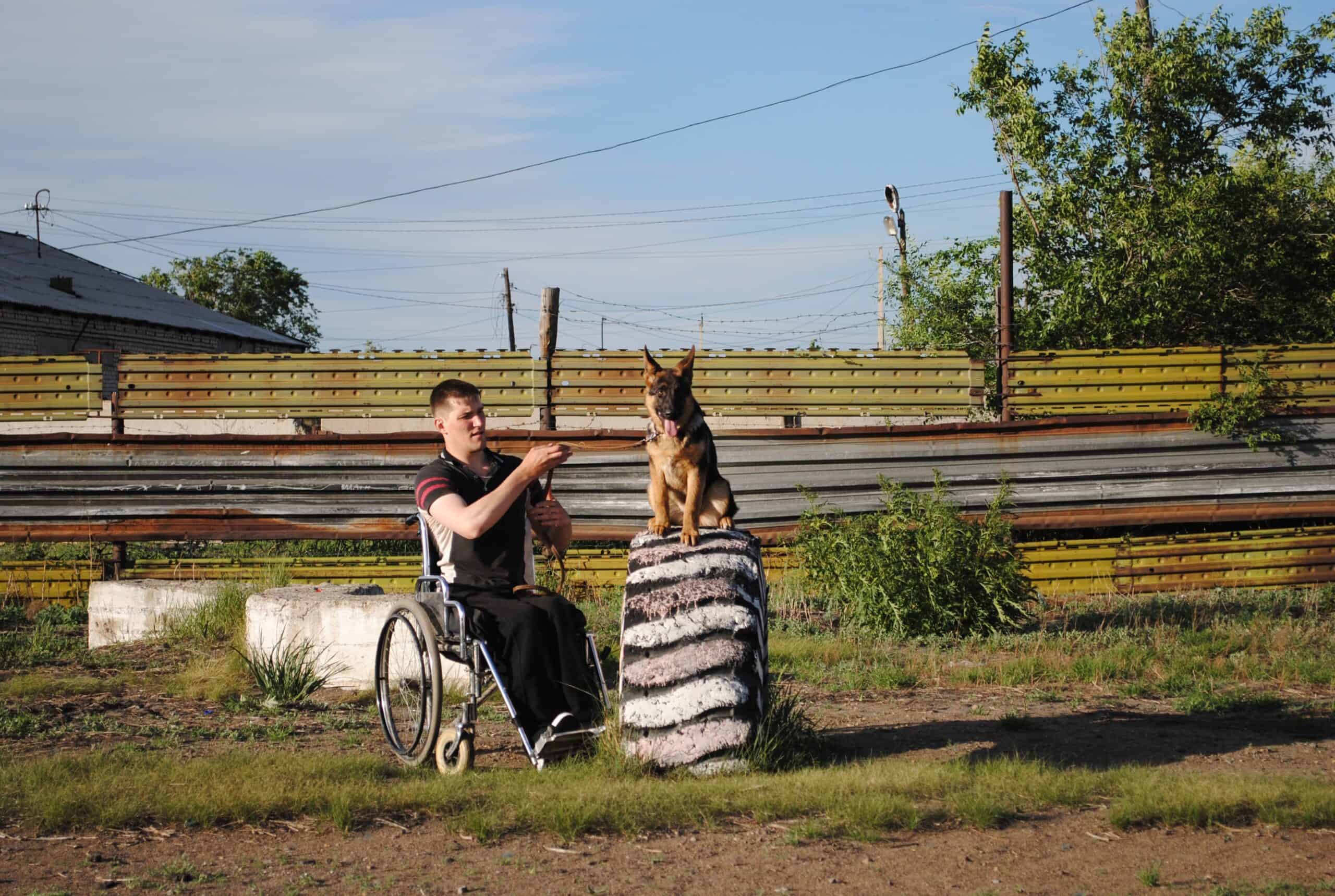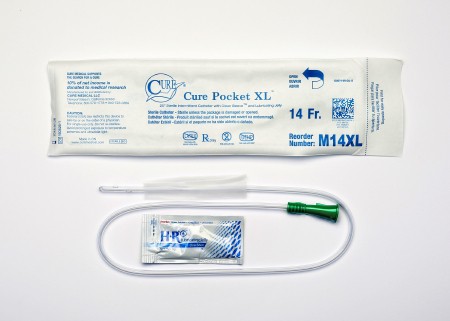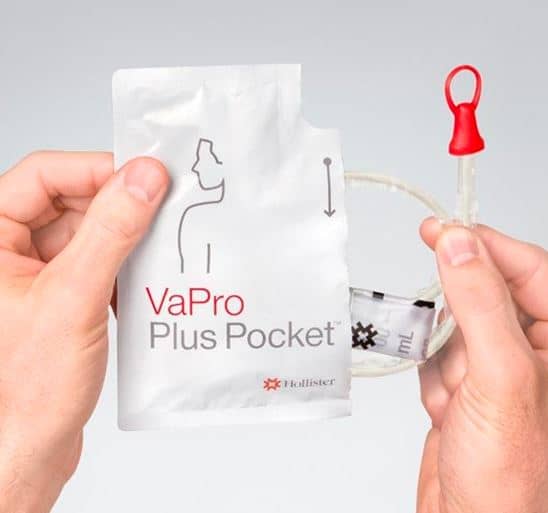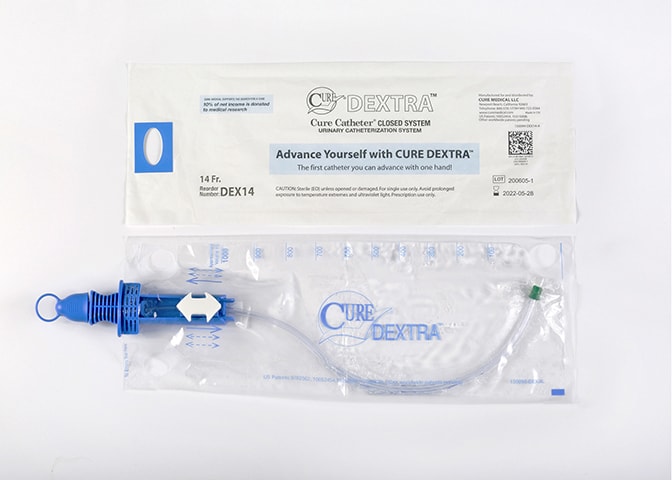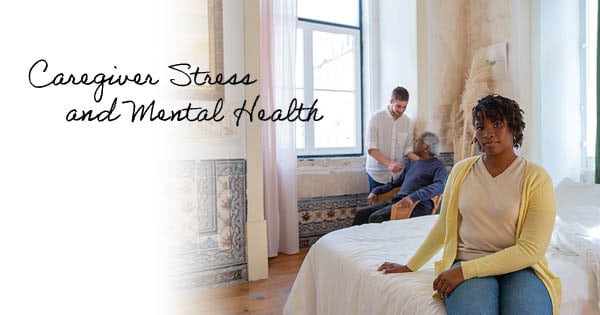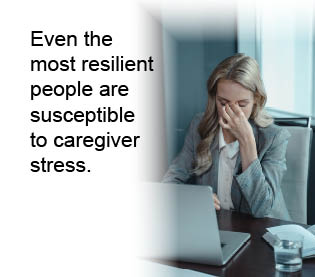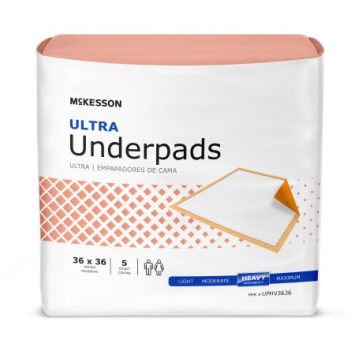Catheters and catheter supplies are needed when a person cannot empty their bladder on their own, has urinary incontinence, has major surgery, or has another health concern. An intermittent catheter is inserted into the urethra until it reaches the bladder to drain urine into a toilet, urine drainage bag, or another collection device. When using intermittent catheters, it is critical to minimize trauma to the body upon insertion. By choosing a catheter and catheter supplies that make the catheter slippery before insertion, self-catheterization can be a more comfortable and safe experience. The two general choices for intermittent catheters are uncoated catheters and hydrophilic catheters. We’ll discuss the differences now.
Uncoated Catheters
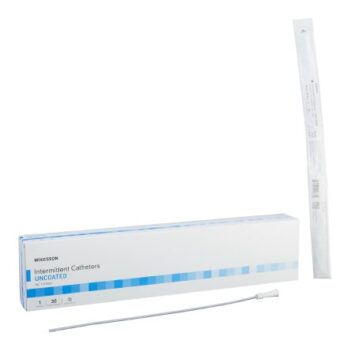 An uncoated catheter is an intermittent catheter with no lubrication or special coating on the surface. Uncoated catheters are considered traditional and require lubrication to be applied before insertion to prevent trauma to the urethra. Men have longer urethras leading to the bladder, so it is essential to lubricate the intermittent catheter to slide smoothly into the entire length of the urethra and into the bladder. Without sufficient lubrication, the uncoated catheter can injure the walls of the urethra.
An uncoated catheter is an intermittent catheter with no lubrication or special coating on the surface. Uncoated catheters are considered traditional and require lubrication to be applied before insertion to prevent trauma to the urethra. Men have longer urethras leading to the bladder, so it is essential to lubricate the intermittent catheter to slide smoothly into the entire length of the urethra and into the bladder. Without sufficient lubrication, the uncoated catheter can injure the walls of the urethra.
Using an Uncoated Catheter
 Catheter lubricants are catheter supplies that you will need when using an uncoated catheter, and there are many different brands to choose from. Most are water-soluble, make less of a mess, and provide smooth and easy insertion. Some popular catheter lubricants are Surgilube, HR Pharma, Aplicare, and Cardinal Health Lubricating Jelly.
Catheter lubricants are catheter supplies that you will need when using an uncoated catheter, and there are many different brands to choose from. Most are water-soluble, make less of a mess, and provide smooth and easy insertion. Some popular catheter lubricants are Surgilube, HR Pharma, Aplicare, and Cardinal Health Lubricating Jelly.
Hydrophilic Catheters
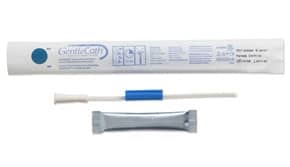 Materials that are attracted to water and mix well with it are known as hydrophilic. The term hydrophilic means “water-loving.” If an intermittent catheter has a unique hydrophilic coating, the surface of the entire length of the catheter becomes smooth and slippery when it comes in contact with water. Additional catheter lubricant isn’t needed when using a hydrophilic catheter, and the coating stays in place upon insertion and removal.
Materials that are attracted to water and mix well with it are known as hydrophilic. The term hydrophilic means “water-loving.” If an intermittent catheter has a unique hydrophilic coating, the surface of the entire length of the catheter becomes smooth and slippery when it comes in contact with water. Additional catheter lubricant isn’t needed when using a hydrophilic catheter, and the coating stays in place upon insertion and removal.
Using a Hydrophilic Catheter
Hydrophilic catheters can be packaged in their own sterile water solution, already activated, or packaged with an included water packet or sachet. A hydrophilic catheter with a water packet must be activated before use to make the catheter smooth and slippery. The water packet must first be folded using pressure from the fingers and burst to release the sterile solution within the package to activate the catheter. Then, the catheter sits in this solution for approximately 15 to 30 seconds to activate the lubrication coating for immediate use.
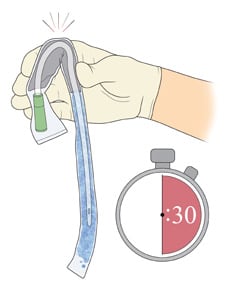
Choosing Which Catheter to Use
Choosing a suitable intermittent catheter and catheter supplies ultimately comes down to comfort, ease of use, and safety. At Personally Delivered, we carry a variety of uncoated catheters, hydrophilic catheters, and other quality catheter supplies for a comfortable self-catheterization experience. Be sure to speak with your urologist about their recommendations for your unique needs. And if you need assistance finding your prescribed intermittent catheter, our Product Experts are here to help.
Remember, all catheters require a prescription from your doctor. When ordering catheter supplies on our website, you can easily upload your prescription after creating an online account. For more information on uploading your prescription, visit the Account Help section in the Account Menu options once logged in.
Popular Uncoated & Hydrophilic Catheters
Disclaimer: Important Notice Regarding Medical Advice
The information provided in this blog is intended for general informational purposes only and should not be considered a substitute for professional medical advice, diagnosis, or treatment.



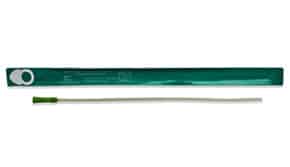
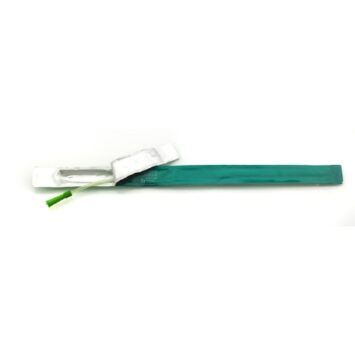



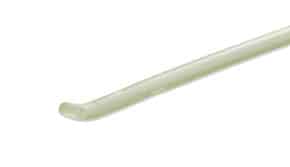
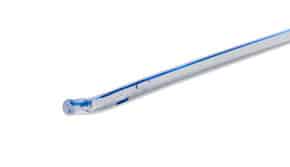 Within the coude catheters, there are two variations. The
Within the coude catheters, there are two variations. The 
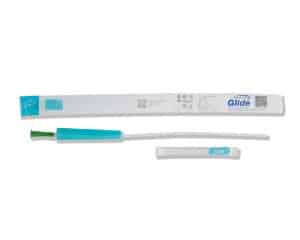
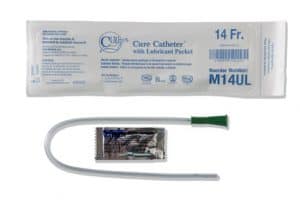





 One of the easiest ways to spark conversation is to wear the color teal from head to toe during October. When asked, tell people that teal is the official color of spina bifida awareness. You can share the social media channels above and direct them to Spina Bifida Association’s
One of the easiest ways to spark conversation is to wear the color teal from head to toe during October. When asked, tell people that teal is the official color of spina bifida awareness. You can share the social media channels above and direct them to Spina Bifida Association’s  This in-person or virtual event is the perfect way to get engaged and support the community and the mission of the Spina Bifida Association. Anyone and everyone can participate. If you are not located near any of the listed cities, you can Walk-N-Roll Your Way at any time and any place.
This in-person or virtual event is the perfect way to get engaged and support the community and the mission of the Spina Bifida Association. Anyone and everyone can participate. If you are not located near any of the listed cities, you can Walk-N-Roll Your Way at any time and any place.








 There are some signs of a prostate problem, but they do not necessarily mean that you have cancer. Some of the warning signs of a prostate problem that can affect the urinary system and should not be ignored include:
There are some signs of a prostate problem, but they do not necessarily mean that you have cancer. Some of the warning signs of a prostate problem that can affect the urinary system and should not be ignored include: Cancer of the prostate can be detected early through a digital rectal exam or a blood test that measures the amount of a prostate-specific antigen in the blood (PSA blood test). According to the
Cancer of the prostate can be detected early through a digital rectal exam or a blood test that measures the amount of a prostate-specific antigen in the blood (PSA blood test). According to the 







